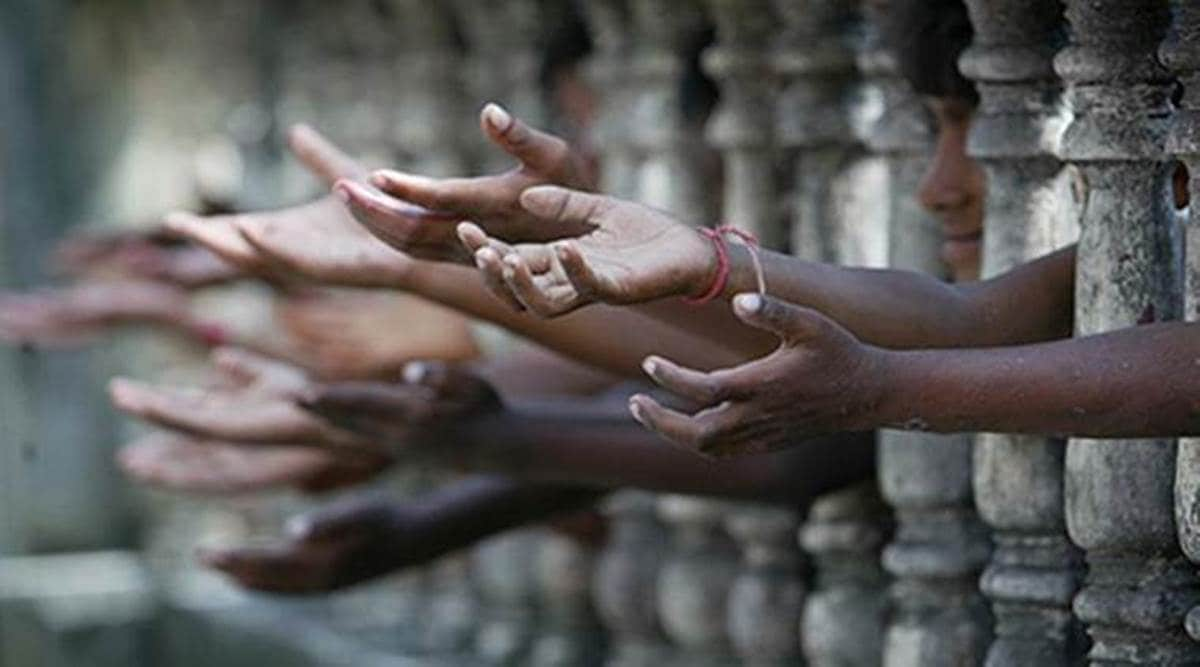In a landmark shift that could reshape how diabetes is diagnosed and treated in vulnerable populations, Type 5 diabetes has now been officially recognised by the International Diabetes Federation (IDF).
First identified as early as 1955 in Jamaica but long misunderstood, Type 5 diabetes, also known as malnutrition-related diabetes, was formally introduced by Prof. Peter Schwarz, president of the IDF, earlier this January. The recognition was cemented at the 75th World Congress for Diabetes held on April 7 in Bangkok.
But the burning question remains: Who is most at risk of this newly acknowledged form of diabetes?
Story continues below this ad
Who does Type 5 diabetes affect?
“This form of diabetes affects a completely different demographic from what we usually associate with the disease,” says Dr Narander Singhla, Lead Consultant – Internal Medicine at CK Birla Hospital, Delhi. “It’s not about obesity or insulin resistance. Type 5 diabetes is primarily seen in lean, undernourished young adults, often men, from economically disadvantaged areas of Asia and Africa.”
This condition’s deep-rooted connection to chronic undernutrition, especially during early developmental years, sets this condition apart. According to Dr Singhla, individuals with a Body Mass Index (BMI) below 19 are particularly vulnerable. Years of inadequate nutrition can impair the pancreas’s ability to produce insulin, leading to diabetes not driven by autoimmunity or lifestyle factors, but by sheer nutritional deprivation.
The science behind the condition
 The symptoms of Type 5 diabetes often mimic those of other types—frequent urination, excessive thirst, and dehydration. (Representational/File)
The symptoms of Type 5 diabetes often mimic those of other types—frequent urination, excessive thirst, and dehydration. (Representational/File)
Unlike Type 1 diabetes, which involves autoimmune destruction of insulin-producing cells, or Type 2, which is linked to insulin resistance, Type 5 diabetes is characterized by markedly low insulin secretion without the autoimmune markers seen in Type 1.
“It’s a unique pathophysiological category,” Dr Singhla notes. That’s why formal recognition by the IDF is so significant—it acknowledges the role of poverty and malnutrition in global diabetes trends.
Story continues below this ad
Current estimates suggest 20 to 25 million people may be living with this form of diabetes globally—many of them undiagnosed or misclassified due to a lack of awareness and diagnostic clarity.
How to know if you have it
The symptoms of Type 5 diabetes often mimic those of other types—frequent urination, excessive thirst, and dehydration. But its distinct profile can be detected through diagnostic testing that reveals low insulin levels without autoimmune antibodies.
“Confirmation requires a thorough medical evaluation,” says Dr Singhla. “We rely on blood glucose readings, insulin production studies, and checking for the absence of typical autoimmune markers.”
Management and challenges
While there’s currently no cure, Type 5 diabetes can be managed—though the approach differs significantly from mainstream diabetes care.
Story continues below this ad
“Patients often respond to a combination of small insulin doses and oral antidiabetic drugs,” Dr Singhla explains. “Diet plays a crucial role too. We recommend higher protein intake, reduced carbs, and supplementation of key micronutrients.”
However, a major hurdle is the lack of standardised treatment protocols, especially in resource-limited settings. The IDF is actively working on developing these guidelines.
What should patients do?
If diagnosed, early and sustained medical care is essential. “Work closely with a healthcare provider to build a tailored treatment plan,” Dr Singhla advises. “This includes consistent monitoring of blood sugar, insulin therapy, and a focus on improving nutritional intake.”
For now, awareness is the first and most vital step. We’re dealing with a form of diabetes that tells us health outcomes are deeply tied to socioeconomic conditions. Recognising that is the beginning of better care.
Story continues below this ad
DISCLAIMER: This article is based on information from the public domain and/or the experts we spoke to. Always consult your health practitioner before starting any routine.
























